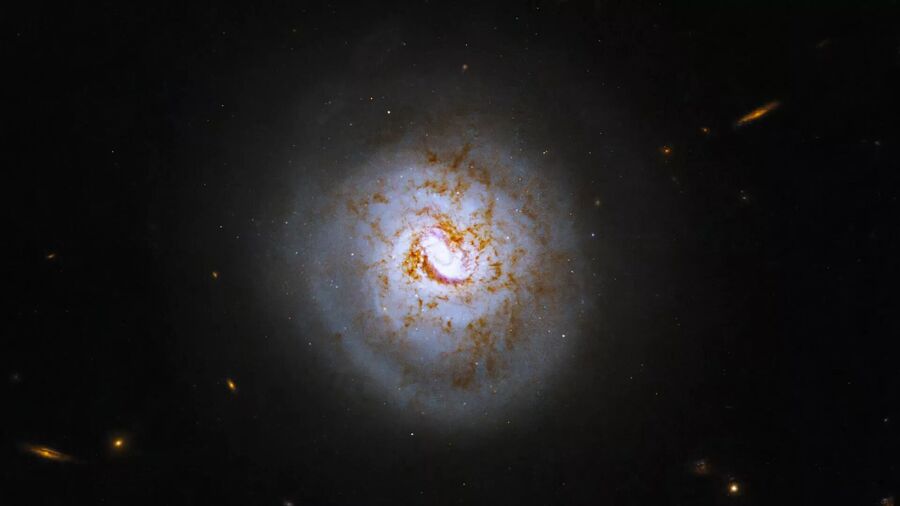
NASA announced that their Hubble Space Telescope, which has been orbiting Earth for more than two decades, observed the spiral galaxy named ESO 420-G013 last week as part of a study of Luminous Infrared Galaxies (LIRGs). According to the administration, LIRGs are known to be extremely bright in the infrared part of the spectrum.
The galaxy ESO 420-G013 is exactly that: an extremely bright spiral galaxy, and it is harboring a powerful black hole. It is located 50 million light-years from Earth in the constellation Sculptor which can be found in the southern sky.
ESOS 402-G013 is classified as a Seyfert galaxy. These types of galaxies were named after American astronomer Carl Keenan Seyfert, who studied the objects in 1943. Seyfert galaxies, for which there are two types, have an extremely bright, point-like active galactic nucleus powered by a supermassive black hole, according to NASA.
But this spiral galaxy is a rare sight to behold. The image captured by Hubble shows a spiral galaxy with a bright core and brownish filaments of dark dust. ESO 420-G013's most notable feature, though, is a nearly perfectly round disk. This is because Hubble has a face-to-face view of the galaxy.
Hubble is able to see these types of galaxies — which are only visible in the infrared — thanks to its Wide Field Camera 3.
Some galaxies are hidden by the radiation of their active galactic nuclei host black holes, but ESO 420-G013 is different from these galaxies because its surrounding galaxy structure can be more easily seen. However, this galaxy's black hole still emits powerful levels of radiation, and is also forming new stars at a high rate.



Reader Comments
to our Newsletter